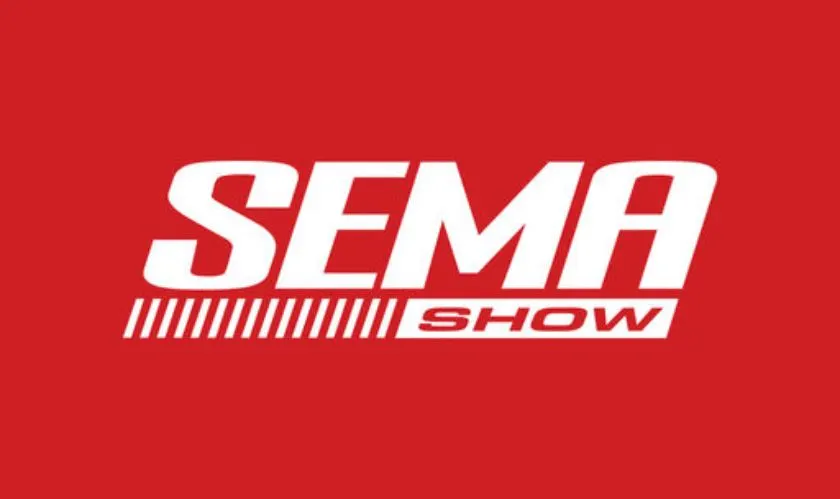Home Industry Automobile A Look Back at the Top SEMA Sh...
Automobile

CIO Bulletin
03 November, 2025
A slammed C8 Corvette idles under gallery spotlights, carbon-fiber pattern catching glare. On the show floor, everything from widebody classics to lifted trucks gets judged by fit, finish, and how it drives. The annual aftermarket trade show has become where builders test new materials, wheel makers prove offsets, and metalworkers combine function with clean assembly.
Over five seasons, the spotlight shifted from sheer horsepower to precision, hybrid control, and off-road reliability with clean packaging. Builders now prioritize wheel geometry, integrated electrics, and panel accuracy that reflect factory-level discipline. These shifts matter because they reshape budgets, timelines, and craftsmanship, guiding how shops and owners build smarter, more serviceable cars today.
In 2024, Ferrada wheels advanced geometry design with the FR12's deep-concave profile, showcased on a Ferrari SF90 and a McLaren 675LT. The FR12 combined structural rigidity with a sculpted lip that preserved brake clearance while creating an aggressive stance, drawing attention from builders who prioritize fitment and finish.
The brand announced the show with a short statement: 'We’re gearing up for an exciting 2024 SEMA Show, where we’ll be debuting four fresh designs and revealing some never-before-seen finishes in the Ferrada collection.' That rollout followed months of fitment testing and installer feedback, and the practical takeaway is to match tire width and offset data early to avoid time-consuming refits.
Controlled power delivery and chassis balance dominated SEMA 2023 conversations. Advanced integration guaranteed seamless operation on headline builds: the C8 Corvette used a titanium exhaust to refine airflow and tone, the Hellcat Redeye relied on adaptive suspension to handle north of 800 horsepower, and the Nissan Z received bespoke engine upgrades for stronger response.
Workshops focused on chassis strength and suspension tuning so added power stayed usable and predictable. Builders reinforced axles, cooling systems, mounts, and dampers for stability under load. The practical takeaway: match drivetrain components to power goals early to keep installs clean and performance consistent.
SEMA's 2022 off-road area pushed practical upgrades into the spotlight, with the Ford Bronco Raptor and Ram TRX Sandblast Edition drawing the biggest crowds. The Bronco paired dry-carbon fenders and modular roof and bed racks for weight savings and accessory flexibility, while the TRX showed reinforced subframes, beadlock-equipped wheels, and heavy-duty bump-stop architecture that supported aggressive suspension travel.
Tacoma captured a different lane with an integrated solar array tied to a dual-battery system and MPPT controller, letting owners run fridges, comms, and camp lighting off-grid. Builders emphasized matching ride height, shock valving, and axle articulation so lift packages felt planted, while electrical junctions and sealed CAN connections kept accessories reliable and simple to service.
Battery-backed power began matching and often surpassing internal combustion output at SEMA 2021, and manufacturers used that headroom to rework chassis dynamics. Tesla's Model S Plaid arrived with carbon-fiber aerodynamic panels that cut drag and trimmed mass, while Ford's Mustang Mach-E GT showed coilover upgrades that sharpened body control under hard cornering.
Attendees noted improvements in battery efficiency and torque management, with range staying practical even after performance tuning. Shops focused on thermal management, brake regeneration mapping, and software calibration to preserve component life while extracting pace, so post-show projects emphasized systems engineering before cosmetic changes and pointed toward more durable, track-ready electric builds.
Builds at SEMA 2020 prioritized meticulous assembly over flash, putting fit and finish at the center of judging criteria. The Roadster Shop’s 1969 Camaro 'Tux' drew attention for near-perfect panel alignment and hand-finished interior work, setting a standard for how restoration quality and custom touches should coexist in a single package.
Liberty Walk’s Nissan GT-R showed integrated widebody panels engineered for symmetry and visual harmony, while the Toyota Supra Heritage Edition used exacting carbon-fiber components to refine surfaces without adding bulk. The show pushed toward clearer production practices and tighter assembly routines, nudging shops to document fitment and sequence work to keep builds consistent and serviceable.
Trends in performance and craftsmanship now define success more than flash. Across five SEMA seasons, electric platforms matched combustion builds, off-road projects achieved smarter durability, and restorations reached factory-level precision. Workshops redirected investment toward chassis strength, electrical integration, and accurate wheel geometry that simplify assembly and extend component life. This shift turns modification into engineering—reliable, consistent, and measurable. The key lesson: plan every upgrade as part of a complete system, document fitment thoroughly, and treat precision as performance itself. That disciplined approach builds vehicles customers rely on and professionals strive to reproduce with confidence and lasting respect.







